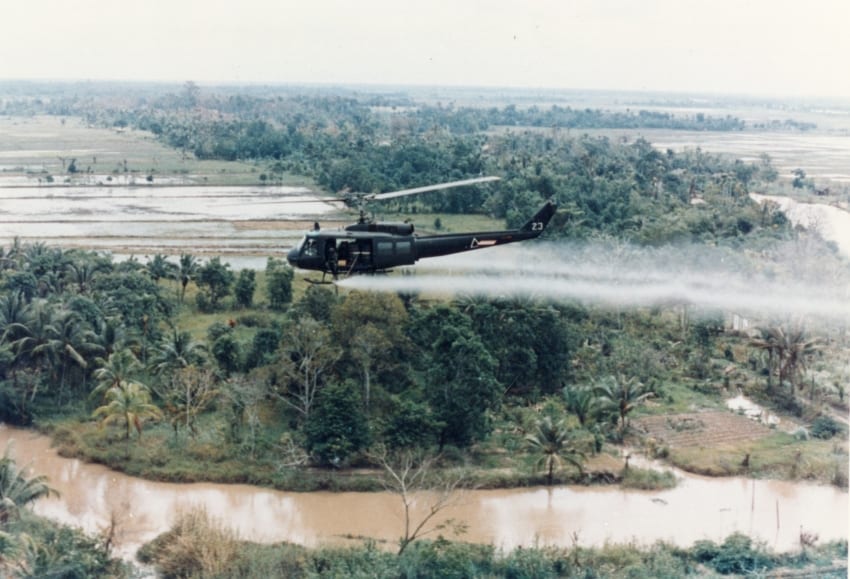Agent Orange Exposure in Guam
Extensive literature exists regarding the use of Agent Orange and other herbicides in the Republic of Vietnam. In addition, the VA has developed guidelines for service members to file a claim for service-connected disability benefits[1] due to exposure to such herbicides while serving in the Republic of Vietnam. Agent Orange eligibility is not limited to service in that particular area, however. This article will explore the possibility of eligibility for veterans who served in Guam.
The VA had been slow to expand recognition of nexus between exposure to Agent Orange and other herbicides used in the Vietnam era. Over time, however, the VA established standards to review eligibility for service-connected disability benefits related to exposure. In order to qualify for benefits based on such exposure, a veteran must satisfy at least two of the following requirements:
- The veteran was exposed to Agent Orange or other herbicides.
- The veteran current has or died from a disease, or residuals of a disease, recognized by the VA as being linked to Agent Orange exposure[2] to a disabling degree of 10% or more.
- For some recognized non-cancer diseases, the disease must have manifested itself within one year from the last day of exposure.
Although it has become less burdensome for those who served in the Republic of Vietnam to qualify for benefits, veterans who served in Guam between 1962 and 1975 are often denied eligibility for service-connected disability benefits due to exposure to Agent Orange. While the VA does not recognize that such veterans were exposed to Agent Orange or other herbicides while in Guam, recent studies conducted by the National Veterans Legal Services Program (NVLSP) and the Veterans Legal Services Clinic at Yale Law School (VLSC) conclude that it is, at the very least, “as likely as not” that they were exposed. The studies are based on review of government, private, archival, and oral history accounts as well as a site visit to Guam. A White Paper was produced to document the study and its conclusions, and is available on the NVLSP website (www.nvlsp.org).
Veterans who served in Guam between 1962 and 1975 or their survivors who wish to file a claim for service-connected disability or death benefits based on exposure to Agent Orange or other herbicides are encouraged to download the White Paper and submit it along with the claim. Advise the VA that the White Paper demonstrates that it is at least as likely as not that the veteran was exposed to herbicide agents during service. Medical records which support the diagnosis of one or more of the recognized diseases, proof of service in Guam during the relevant time period, and any other evidence which would bolster the claim should also be submitted. Other evidence may include buddy statements, photographs, or personal correspondence, for example.
[1] Survivors may also file a claim for death benefits based on exposure to Agent Orange or other herbicides. [2] VA presumes that the following health problems are related to herbicide exposure:- AL Amyloidosis
- Non-Hodgkin’s Lymphoma
- Chronic B-cell Leukemias
- Parkinson’s Disease
- Chloracne
- Peripheral Neuropathy, Early-Onset
- Diabetes Mellitus Type 2
- Porphyria Cutanea Tarada
- Hodgkin’s Disease
- Prostate Cancer
- Ischemic Heart Disease
- Respiratory Cancers
- Multiple Myeloma
- Soft Tissue Sarcomas
In addition, VA presumes certain birth defects in children of Vietnam and Korea Veterans are associated with Veterans’ qualifying military service.

